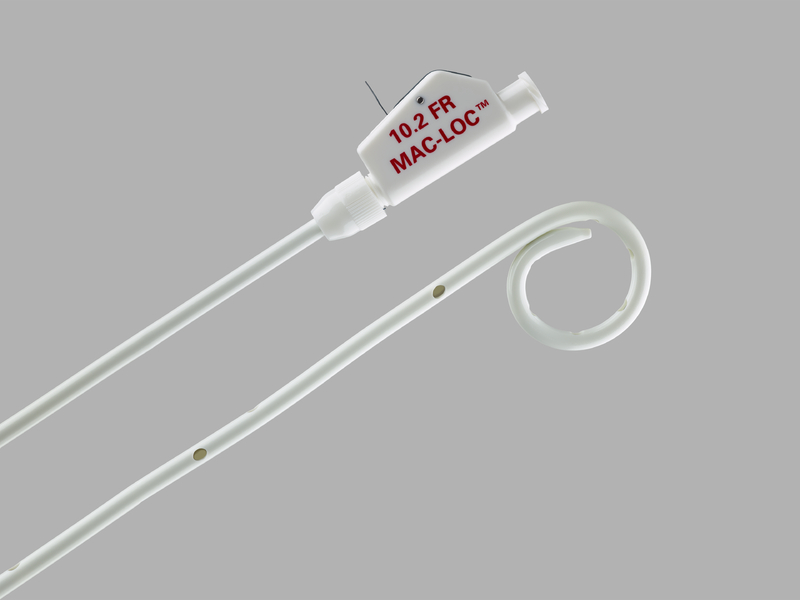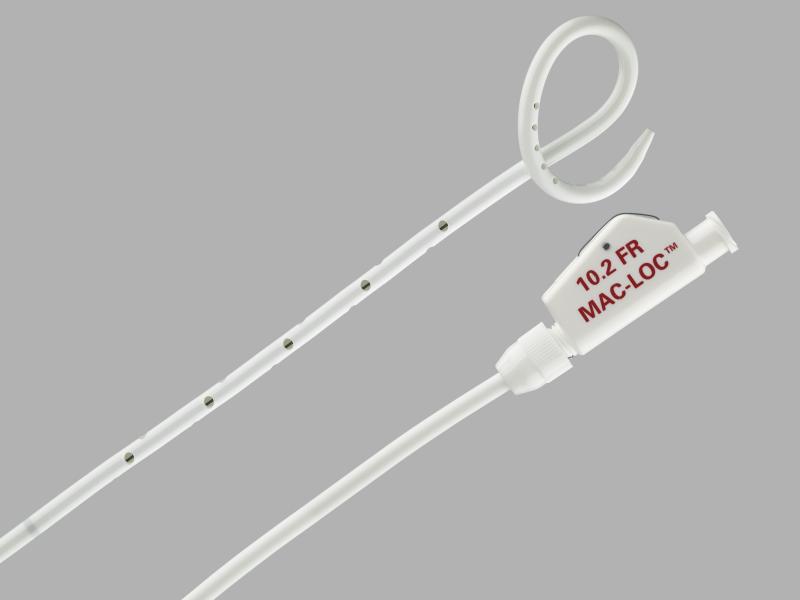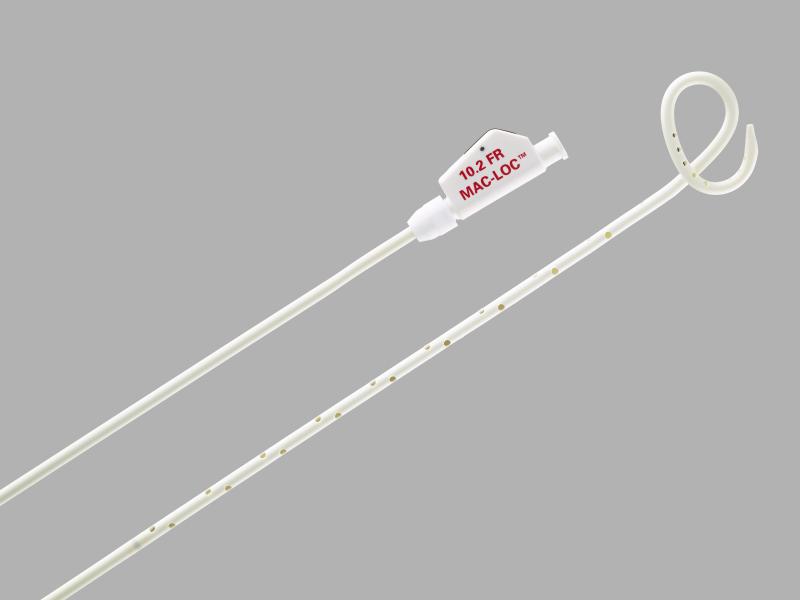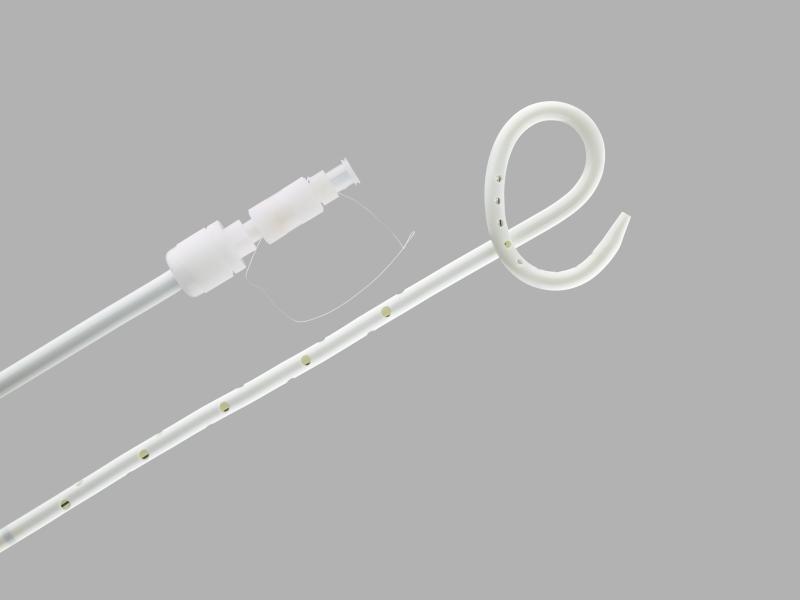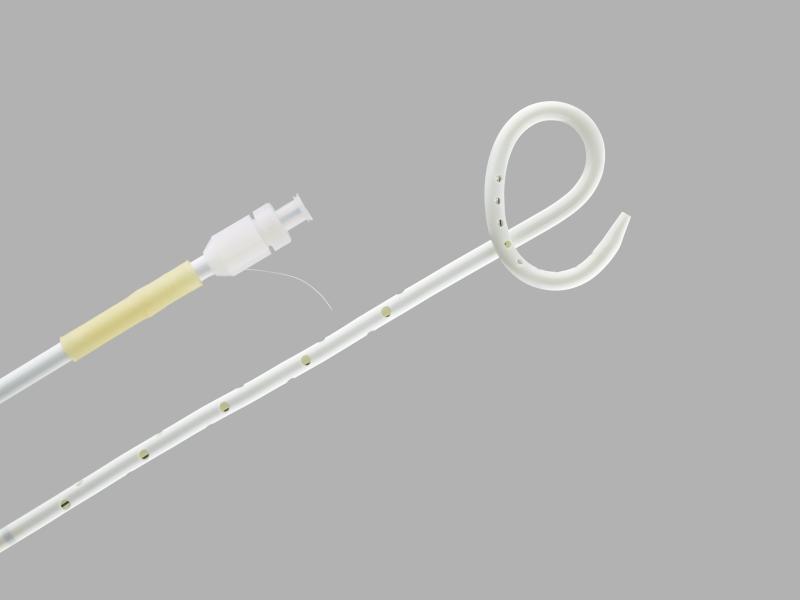INTENDED USE
Multipurpose drainage catheters are intended for percutaneous drainage in a variety of drainage applications (e.g., nephrostomy, biliary and abscess), either by direct stick or Seldinger access technique.
CONTRAINDICATIONS
• Bleeding diathesis and uncontrolled hypertension
• Anticoagulant use WARNINGS If a catheter has become malpositioned or if drainage ceases, the catheter should be promptly exchanged or removed.
PRECAUTIONS
• These products are intended for use by physicians trained and experienced in diagnostic and interventional techniques. Standard techniques for placement of percutaneous drainage catheters should be employed.
• Manipulation of products requires ultrasound, fluoroscopy, or other imaging guidance.
• When inserting a stiffening cannula into a catheter with retention suture, hold suture during cannula insertion to avoid bunching or tangling of suture.
• A TFE-coated wire guide must be used with Ultrathane* catheters.
• Activate the hydrophilic coating, if present, by wetting the catheter with sterile water or saline. For best results, keep catheter surface wet during placement.
• Catheters should be irrigated on a routine basis to ensure function.
• Patients with indwelling drainage catheters should be evaluated routinely to ensure continuous function of the catheter.
• Traction on the locking suture, if present, should be sufficient to ensure adequate retention of the tip, but should not be overly tight. Verify catheter tip configuration by fluoroscopy.
• It is recommended to use a wire guide when removing a Locking Loop catheter.
• The Peel-Away*Pigtail Straightener, if present, is not to be used as a vascular introducer sheath.
• The potential effects of phthalates on pregnant/nursing women or children have not been fully characterized and there may be concern for reproductive and developmental effects.
